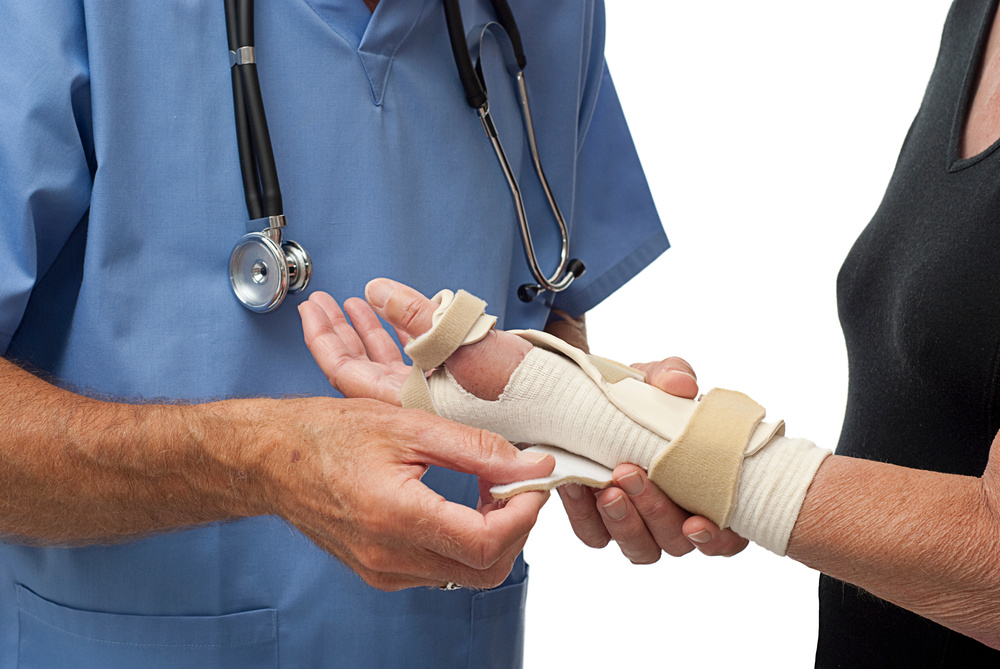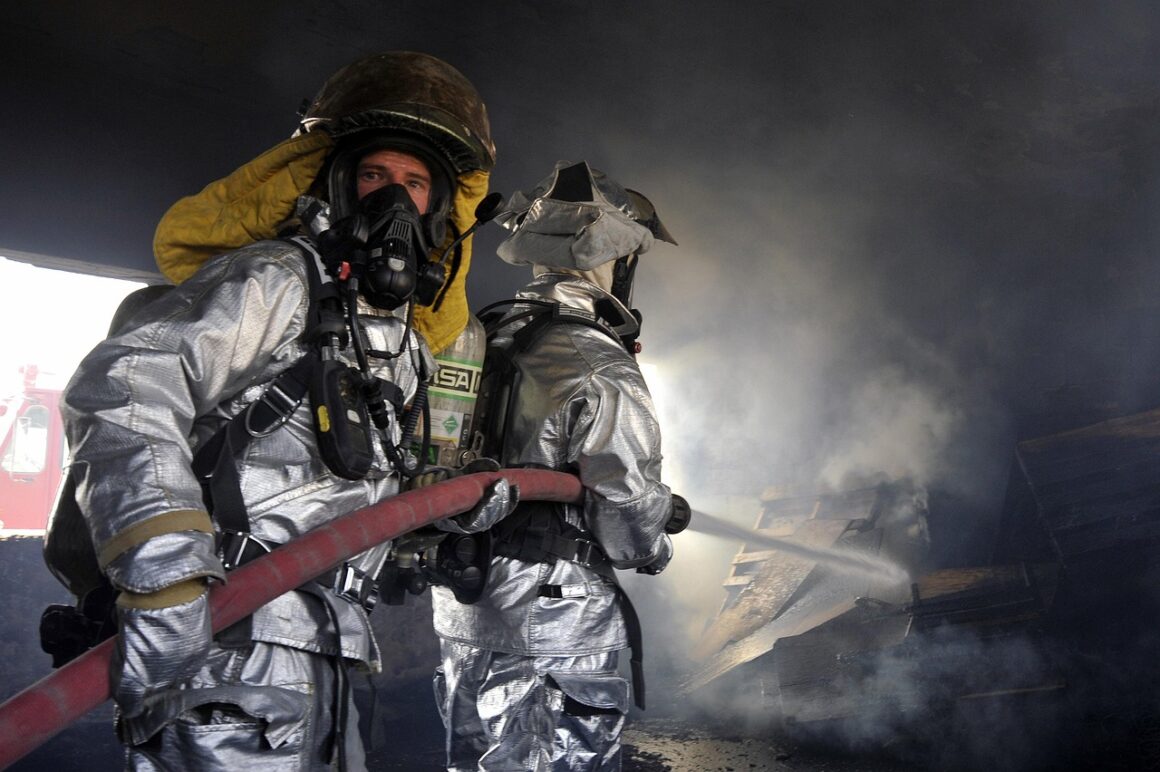Dealing with deep cuts and wounds can be a daunting experience. Thus, it’s important to stay calm and take quick action to minimize the risk of infection and further injury. The success of wound healing would depend on how the wound was treated when it occurred and the body’s reaction to the healing process.
What Are Deep Cuts And Wounds?
Deep cuts and wounds are injuries that penetrate through the skin and into the underlying layers of tissue. Various factors, such as sharp objects, blunt trauma, or accidents, can cause these types of injuries. Deep cuts and wounds are often accompanied by bleeding and can range in severity from minor to life-threatening.
If you have a deep cut or wound, it’s essential to seek medical attention as soon as possible. The treatment for a deep cut or wound will depend on the location and severity of the injury. Sometimes, a wound may require stitches or other types of closure to help it heal properly. For wounds that would need support, medical professionals use a soft-shell splint. You may check it out at https://www.sammedical.com/. If the wound is severe, it may require surgical intervention to repair any damage to the underlying tissues.
Wounds that have not healed properly and are open for an extended period are called chronic wounds, affecting about 3% of the elderly population in the United States. It’s essential to prevent infection and promote healing to prevent a chronic wound from happening.
It may involve cleaning the wound with water and soap, applying an antibiotic ointment, and covering the wound with a bandage. You should also avoid picking at the scab or removing the bandage prematurely, as this can delay healing and increase the risk of infection. To give you an idea of how to properly care for deep cuts and wounds, please read on.
Stop The Bleeding
If you have a deep cut or wound, it’s important to stop the bleeding immediately. Here are some steps you can take to help stop bleeding from a deep cut or wound:
- Apply direct pressure to the wound: Use a clean cloth or piece of gauze to apply pressure for at least 10-15 minutes.
- Elevate the wound: Raise the affected limb or body part above the level of the heart to help reduce blood flow.
- Use a compression bandage: If the bleeding is not controlled by direct pressure and elevation, you may need a compression bandage.
- Seek medical attention: If the bleeding is severe or does not stop after 20-30 minutes of direct pressure and elevation, seek medical attention immediately.
It’s important to remember that if the bleeding is severe or the wound is located on the neck, head, or chest, you should call for emergency medical assistance immediately. These types of injuries can be life-threatening and may require immediate medical attention.
Clean The Wound
Proper wound care is essential to prevent infection and promote healing. It’s vital to start with clean and sanitized hands to reduce the risk of infection. Gently rinse the wound using clean water. Avoid using hydrogen peroxide or alcohol, as these can damage healthy tissue and delay healing. If there is debris on the wound, like wood bark, dirt, shards of glass, or pieces of metal, use tweezers or a clean cloth to remove them. Be careful not to push debris deeper into the wound. After cleaning the wound, you can apply an antibiotic ointment to help prevent infection. Follow the instructions on the packaging on how to apply the ointment.
Protect The Wound
To help promote healing and protect the wound, it must be covered correctly. Use a clean bandage or adhesive dressing to cover it. Make sure the bandage is not too tight, as this can restrict blood flow to the area and delay healing. When you have a deep cut or wound, it’s best to avoid activities that could cause further injury, such as rough or strenuous activities. You may also need to avoid exposing the wound to water, such as while showering or swimming.
It would be best if you also kept the wound moist to help promote healing. You can use a moisturizing ointment or lotion to avoid dryness and help the skin grow back quickly. Always follow your healthcare provider’s instructions for wound care and seek medical attention if you notice any signs of infection or if the wound is not healing properly.
Seek Medical Attention
If the cut is deep or more than a quarter inch wide or located on the face, neck, or hand, it’s best to seek medical attention. A healthcare professional can determine if the wound needs stitches or other medical treatment to close and heal properly.
Monitor The Wound For Signs Of Infection
Keep an eye on the wound for signs of infection, such as redness, swelling, or drainage. Also, take note if you experience fever, chills, or increased pain. These are signs to seek medical attention as soon as possible.
Conclusion
By following these steps, you can help ensure that your deep cut or wound heals appropriately and minimize the risk of infection. Remember to stay calm, seek medical attention if necessary, and follow your healthcare provider’s instructions for wound care to ensure the best possible outcome.





